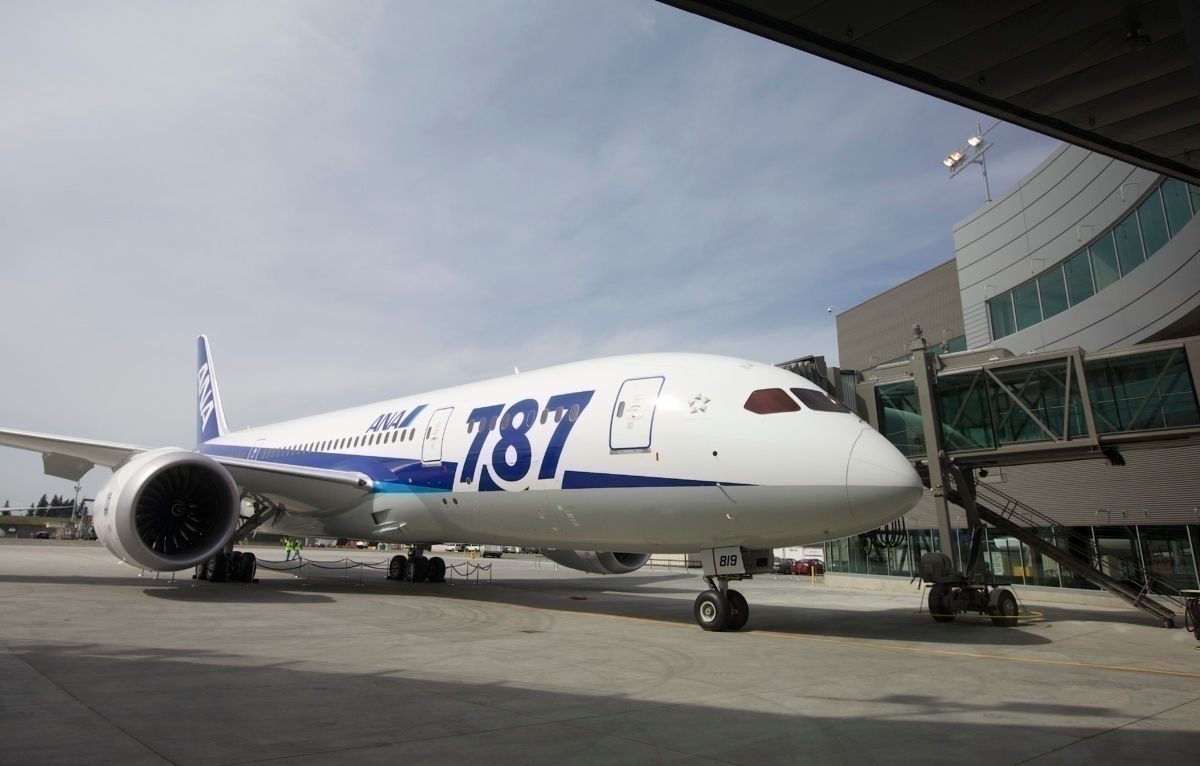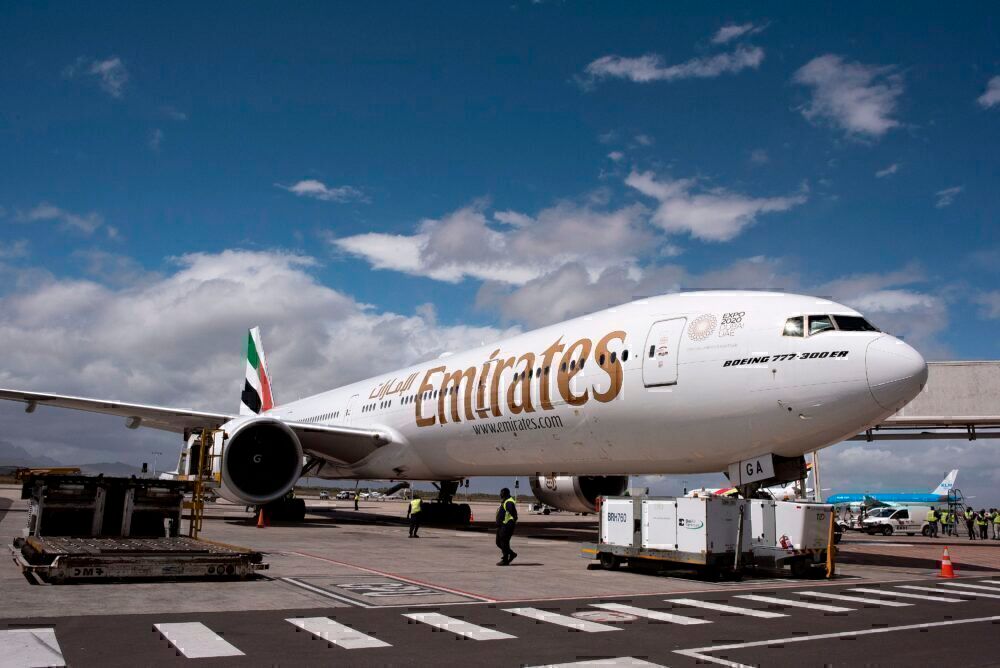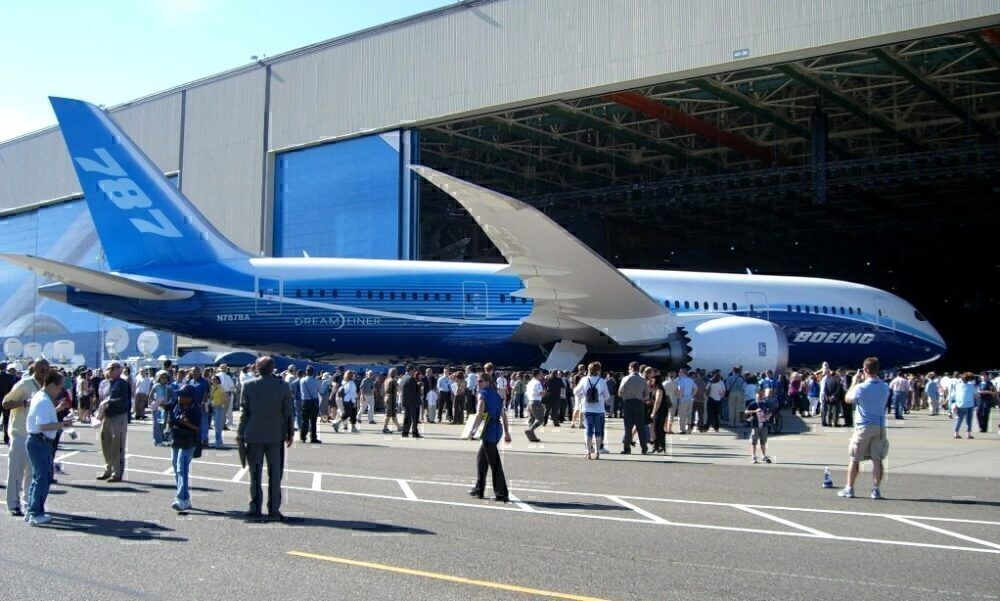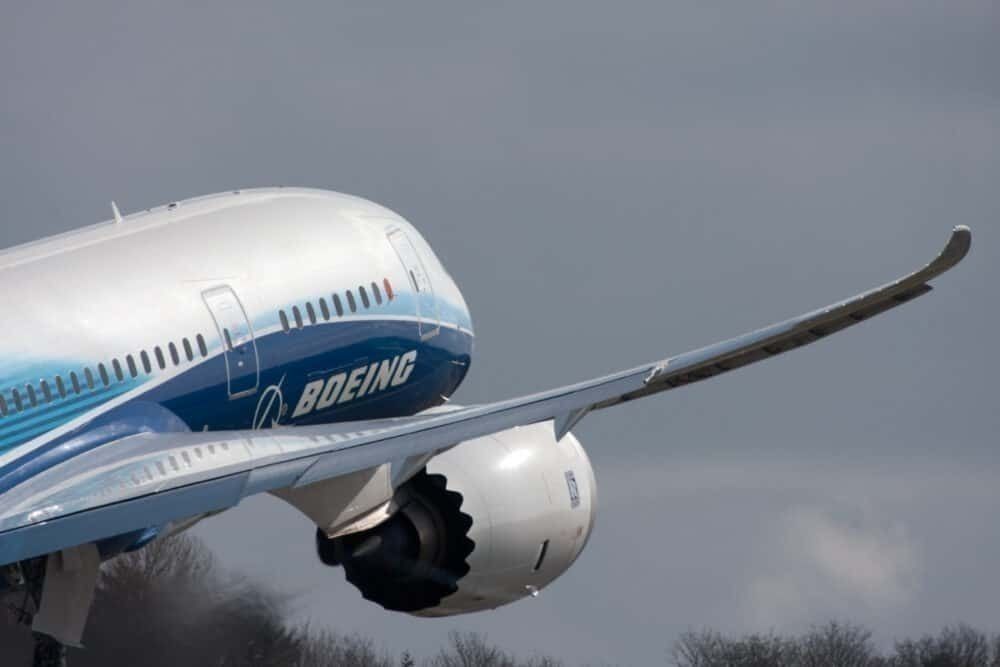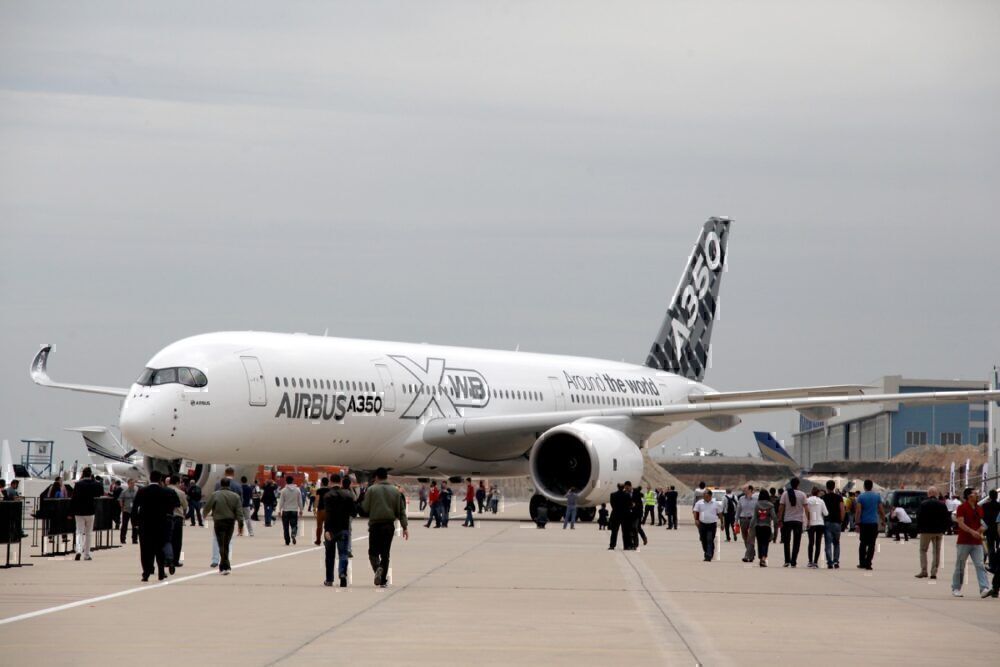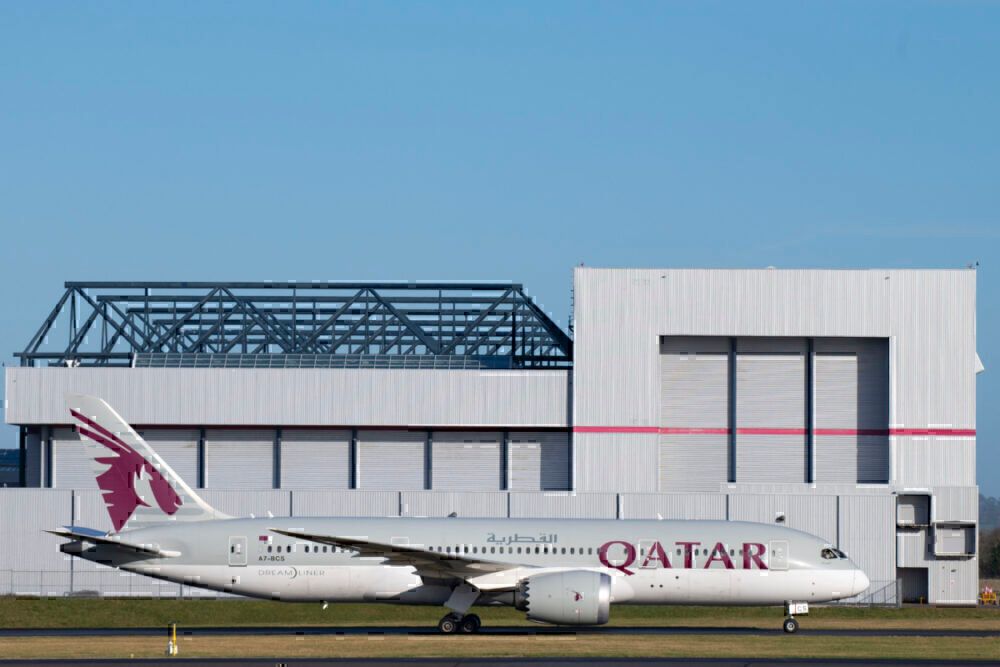The Boeing 787 Dreamliner took its first flight in December 2009. It followed on from the success of the 777 for Boeing, but with a different focus. While other aircraft focused on size and capacity, Boeing made a bold move to offer a smaller but more efficient aircraft with a clean-sheet design.
Moving on from the 777
Boeing launched the 777 in 1994 (first flight), and it quickly went on to sell very well. It was not long before it was considering the next aircraft to follow this. At the time, Airbus was developing the A380. It strongly believed in offering high capacity aircraft to match airline demand for hub and spoke-based travel amidst growing passenger numbers and increasingly capacity-constrained airports. Of course, Boeing had the 747 to compete with this, but the A380 would be a more modern and larger aircraft.
Boeing, however, chose to take its next aircraft in a different direction. It would build on the success of the 777 and the now well-proven ability of twin-engine aircraft, but with a focus on improving efficiency and lowering operating costs for airlines.
Stay informed: Sign up for our daily aviation news digest.
Launching the 787
The 7E7 project was launched in January 2003. This focussed on developing a new aircraft that was efficient to operate and took account of environmental impact.
Boeing looked at which market would benefit most from this and decided on the 200-300 seat range, essentially a replacement for the 767 rather than a rival for the 777. It believed airlines would be more interested in this than in more size or speed. And it placed more trust in the future of the point to point operating model than the hub and spoke model that suited larger aircraft. This has turned out to be the right call, but of course, it was far from certain at the time.
The name Dreamliner was in place by July 2003, and its first customer order (from All Nippon Airways) came in April 2004. This was for 30 787-3 and 20 787-8 aircraft. The 787-3 variant was a high capacity but shorter range version of the 787-8. However, it was dropped in 2010.
The Dreamliner first flew in December 2009. This was delayed from 2007, with a knock-on effect on airline deliveries. It finally entered service with All Nippon Airways in October 2011.
All about efficiency
Boeing designed the 787 to be around 20% more efficient than the 767. This involved an extensive re-design from any aircraft it had built before. Efficiency improvements include:
Composite fuselage construction. The 787 was the first major commercial aircraft to use carbon fiber composite components in the fuselage and wing construction. These make the aircraft lighter but still offer high strength.
New, more efficient engines. The 787 is designed to take either the General Electric GEnx or the Rolls-Royce Trent 1000 engine. Up to 40% of the efficiency improvement over the 767 comes from the newer engine technology.
Aerodynamic improvements. This includes raked wingtips, functioning similarly to winglets to reduce drag.
Sales of the 787
By the time of its first flight, the 787 had 677 orders. This is more than any previous widebody achieved before launch. As of October 2020, it has received 1507 orders, with 988 aircraft delivered.
Of course, Airbus soon launched a competitor with the efficient A350 aircraft (it entered service in 2015). As of October 2020, there have been 930 orders and 391 aircraft delivered. Boeing has had more time to build up sales, but it still remains well ahead. Perhaps the early move to launch an efficient aircraft has paid off.
Simple Flying took a detailed look at the two aircraft to try and understand this popularity. The 787 costs less and appears to be more efficient to operate. But the A350 offers a higher range and payload. These differences become more apparent when you consider that a number of airlines (14 as of September 2020) operate both aircraft types.
But of course, this could change quickly as other improvements are made. The 777 remains the best selling widebody to date, and this is set to be replaced with the more efficient 777X soon.
Doing well in 2020?
The slowdown in aviation in 2020 may present new opportunities for the 787. In some ways, its smaller size has held it back previously, but this could now become a significant advantage. With reduced passenger demand, the lower capacity of the 787 makes it more efficient to operate. Simple Flying took a look in July at how this was working well for Qatar Airways, for example.
With a fleet of 30 787s, it has been able to respond well and efficiently to the lower demand. Airlines such as Emirates, on the other hand, have been left having to fly only larger aircraft (the A380 and the 777 are all it operates).
Would you like to share any thoughts on the development and success of the 787? Or any experiences flying on it? Let us know in the comments.

